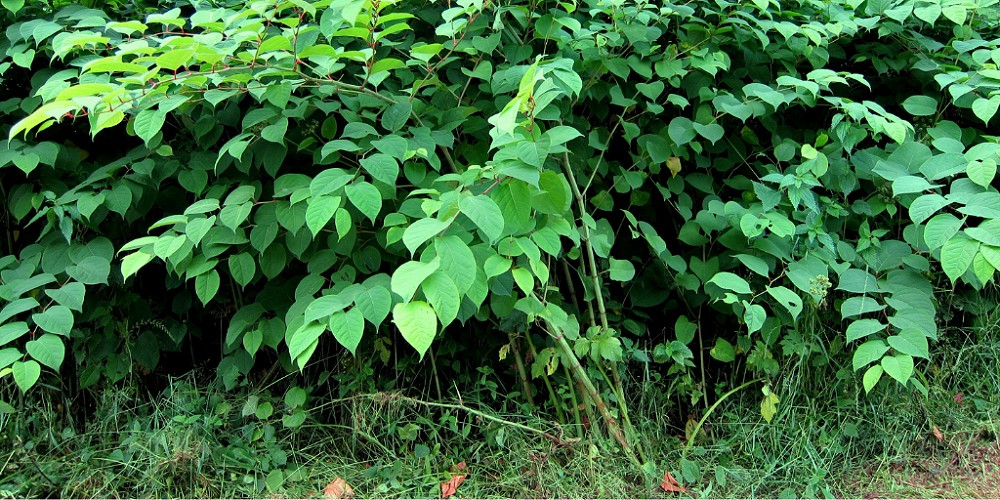How to deal with Japanese Knotweed

Japanese Knotweed can get out of control if not treated properly, but to understand how bad it really is we have to look at the consequences of leaving it to grow!
Suffocates the rest of the garden
A rapidly growing perennial that grows from rhizomes underground was introduced as an ornamental plant in the mid 19th Century, these days it’s not the gardener’s friend. The roots can stretch three metres deep and seven metres wide, so they will happily suck the life and nutrients from the soil leaving your other plants sad and malnourished.
Structural Damage
You don’t have to be a gardener to be negatively affected, though. Probably the most pressing reason for getting Japanese Knotweed under control is the amount of structural damage that it can cause. Although it can’t break through the concrete on its own steam, it will take advantage of cracks and weak points to find a way through. This means that in particularly extreme cases, you could find it growing inside your home!
How does this affect buying or selling a property?
In 2013 the rules changed and anyone selling a property is now required to state whether Japanese knotweed is present on their land. This is done via the form used for conveyancing (TA6).
It is the responsibility of the seller to check in the outside space for Japanese knotweed. If you are looking to sell in the winter months, you will need to make sure that you have checked the outdoor areas for the signs of Japanese Knotweed before the plant above ground dies off.
You need to be aware that if Japanese Knotweed is present, some mortgage lenders won’t lend money on the property, which could alienate potential buyers if no action has been taken.
If the property you’re interested in states the presence of Japanese knotweed it will be in the responses to the TA6 form. Quite often the presence of knotweed will mean your mortgage lender asking for assurances that it will be eradicated before agreeing on the funds. If the sellers have a management plan, dictated by a professional company, and they have a transferable guarantee, that’s usually sufficient for the mortgage company.
How to Identify Japanese Knotweed

Spring - In the spring it will look similar to asparagus but will be red or purple. When the leaves sprout they will be a light green colour and spade or heart shaped.
Summer - This is when the plant does most of its growing and by the end of the summer it can reach 2-3 metres tall. The leaves will darken and small pale flowers will appear.
Autumn - The surface plant will start to wilt and the stems will go brown.
Winter - The surface plant will die off and the Rhizomes (weave of roots in the ground) will lay dormant until the spring where the cycle will start again.
Getting rid of Japanese Knotweed
There are a few ways it can be done, requiring burning and burying the burnt material (with permission, a certain depth, and wrapped in weed membrane) but by far the best way is to call in the professionals.
Professionals can use chemical weed killers which will hopefully target the roots and kill off the plant. It may need a couple of sessions but as above a certified company should carry a guarantee for the works carried out.
For further information on how to deal with Japanese Knotweed, check out this factsheet from the Welsh government for further information, including clear photos for identification.
